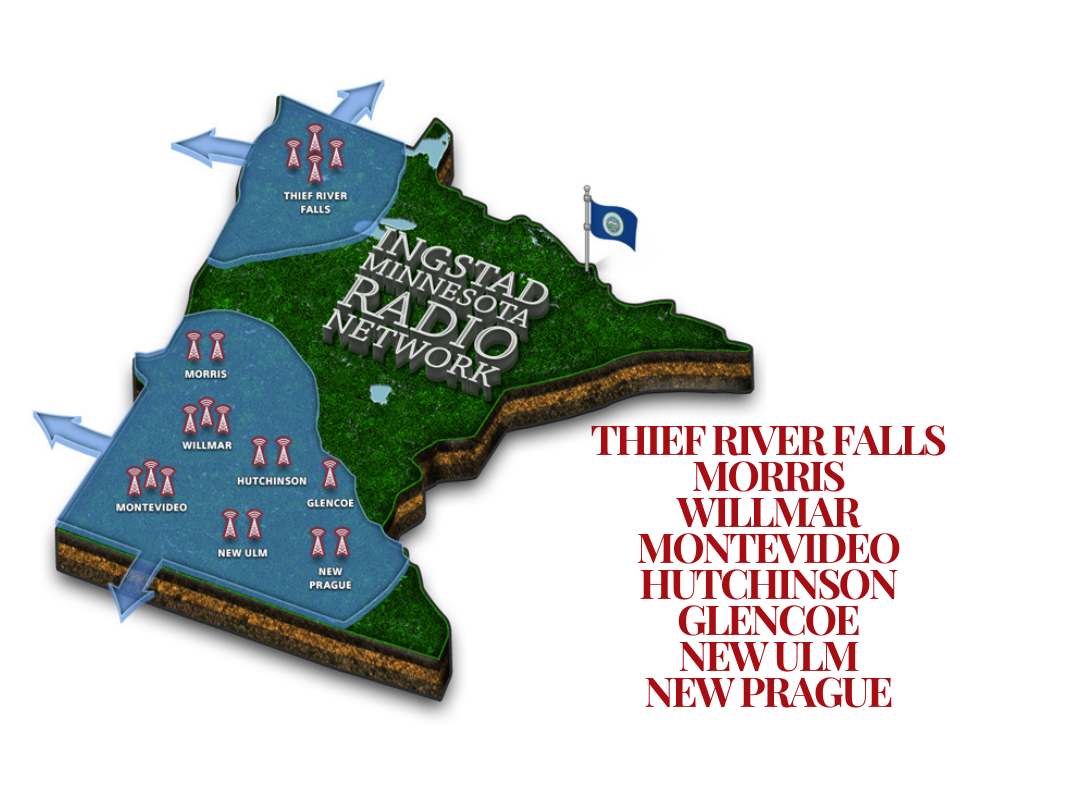Celebrating 50 years of safe drinking water
State leaders mark the 50th anniversary of landmark legislation that ensures safe public drinking water for all
The Minnesota Department of Health (MDH) gathered today with partners from the City of Minneapolis, the City of Saint Paul and the Minnesota Rural Water Association at Saint Paul Regional Water Services to celebrate the past half century of safe public drinking water. Fifty years ago today, on Dec. 16, 1974, the Safe Drinking Water Act was signed into law, marking the first time a national set of regulations and standards would be followed by all public water suppliers in the United States.
“Minnesotans can be confident that the state is using health-based standards to ensure the water they drink is safe from contaminants,” says Minnesota Commissioner of Health Dr. Brooke Cunningham. “We continue our commitment to research emerging issues, build policies and create data-informed solutions that protect all the residents in our communities.”
Safe drinking water for all
Eighty percent of Minnesotans get their water from community water systems and the rest, about 1.1 million people, get their water from private wells. MDH is the agency that enforces the Safe Drinking Water Act in Minnesota and works with partners to ensure that the state’s critical drinking water sources and infrastructure are protected and maintained.
The passage of the Safe Drinking Water Act in 1974 also directed the U.S. Environmental Protection Agency (EPA) to develop health-based standards for several contaminants — those naturally occurring and those resulting from human and animal activity — that may be found in drinking water supplies.
MDH works closely with local water system partners and other state agencies to monitor and investigate hazards to the drinking water supply and prepare for possible future threats.
“We must continue anticipating, understanding and managing risks that could jeopardize our safe drinking water,” said Commissioner Cunningham. “Minnesota has been a national leader in this space, and we are committed to working together with our partners across the state to provide safe drinking water to all Minnesotans.”
Water wins
MDH cannot do this essential work on its own. Drinking water safety and sustainability is supported through partnerships from people and organizations all over the state.
Drinking Water Action Plan: In 2024, MDH released a draft of its 10-year action plan, which incorporates expertise and feedback from water professionals, state and local partners, researchers and others living in Minnesota. This plan outlines existing and emerging threats and serves as a roadmap to how we ensure that everyone, everywhere in Minnesota has equitable access to safe and sufficient drinking water, now, and for future generations. The final plan will be released by early 2025.
Identifying and replacing lead service lines: Minnesota had a 100% compliance rate, one of the highest in the nation, for its service line inventory. MDH and the University of Minnesota developed an online Minnesota Lead Inventory Tracking Tool that shows every service line in the state and documents whether these lines contain lead. Water systems will be working to replace all lead service lines in the state by 2033, prioritizing lines in areas serving children, lower-income residents, and other disadvantaged communities.
Drinking water annual reports: Each year since 1995, MDH has provided residents and the EPA with a Drinking Water Protection Annual Report on the status of public drinking water in Minnesota. This report provides both an assessment of how well public water systems are doing at meeting the standards set in the federal Safe Drinking Water Act and insights about current challenges faced by public water suppliers. In addition, community water systems also issue Consumer Confidence Reports to their residents each year, which list contaminants that were detected, even in trace amounts, during the previous calendar year.
Learn more about Drinking Water Protection on the MDH website.







